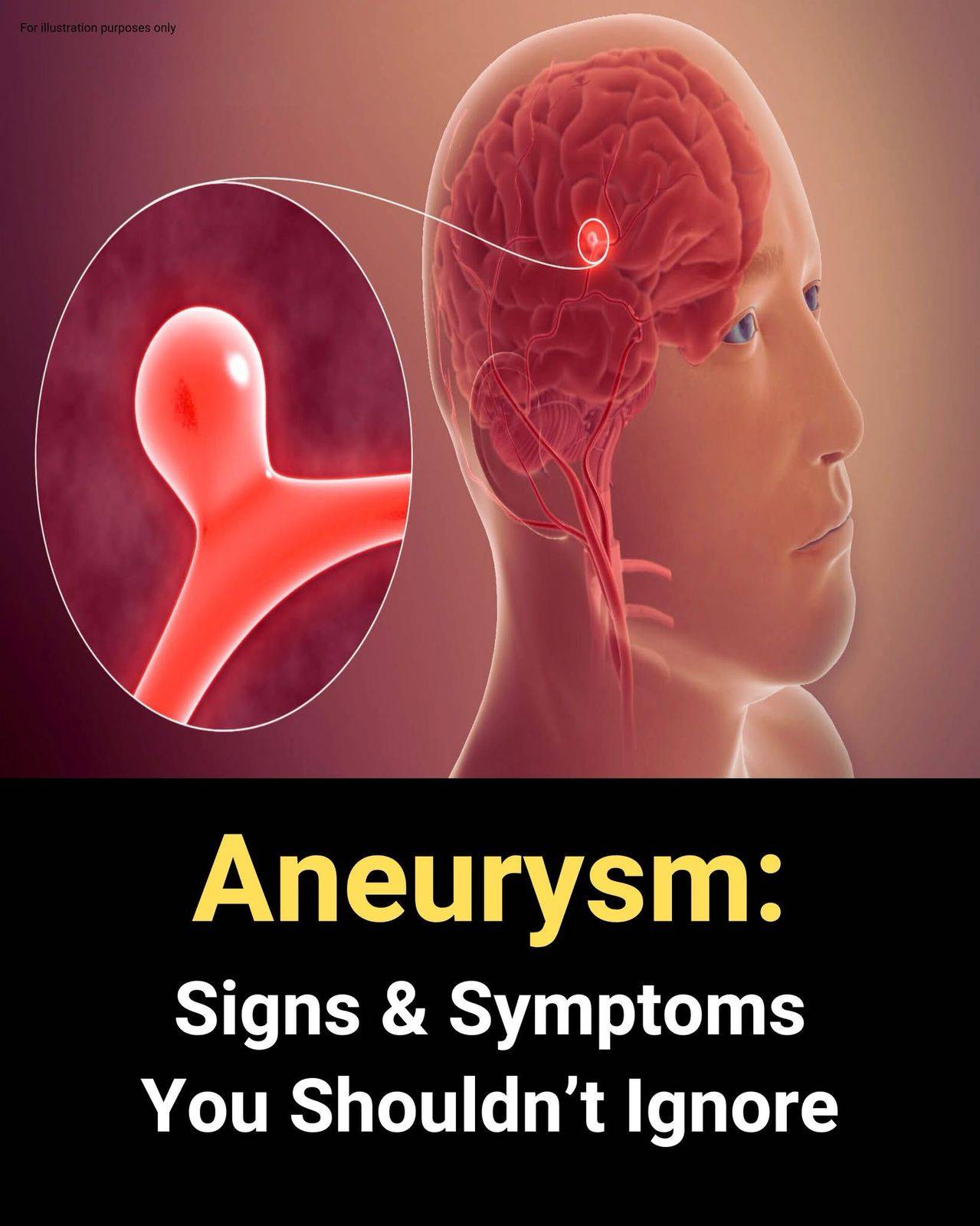Aneurysm: Symptoms You Shouldn’t Ignore
Brain Aneurysms: Key Facts and Prevention
A brain aneurysm occurs when a blood vessel in the brain weakens and forms a bubble. If it ruptures, it can cause internal bleeding, which may be fatal. Even if unruptured, it can cause significant symptoms.
Key Symptom: Severe Headache
A sudden, intense headache, often described as the “worst headache of your life,” is a common symptom of a brain aneurysm. If experienced, seek medical help immediately.
Other Symptoms
- Drooping eyelids
- Double or blurred vision
- Seizures
- Nausea, vomiting, or stiff neck
- Numbness in the face
- Ringing in ears
- Loss of consciousness
Risk Factors
- High blood pressure
- Family history
- Smoking or excessive alcohol
- Drug use (e.g., cocaine)
- High cholesterol
Diagnosis
Doctors use CT scans, MRIs, or cerebral angiography to diagnose brain aneurysms.
Treatment Options
- Monitoring: For small, low-risk aneurysms.
- Surgery: Includes surgical clamping or endovascular embolization.
Prevention Tips
- Control blood pressure
- Avoid smoking and excessive alcohol
- Manage stress
- Regular check-ups if you have risk factors
By recognizing symptoms early and taking preventive measures, you can reduce the risk of brain aneurysms.






